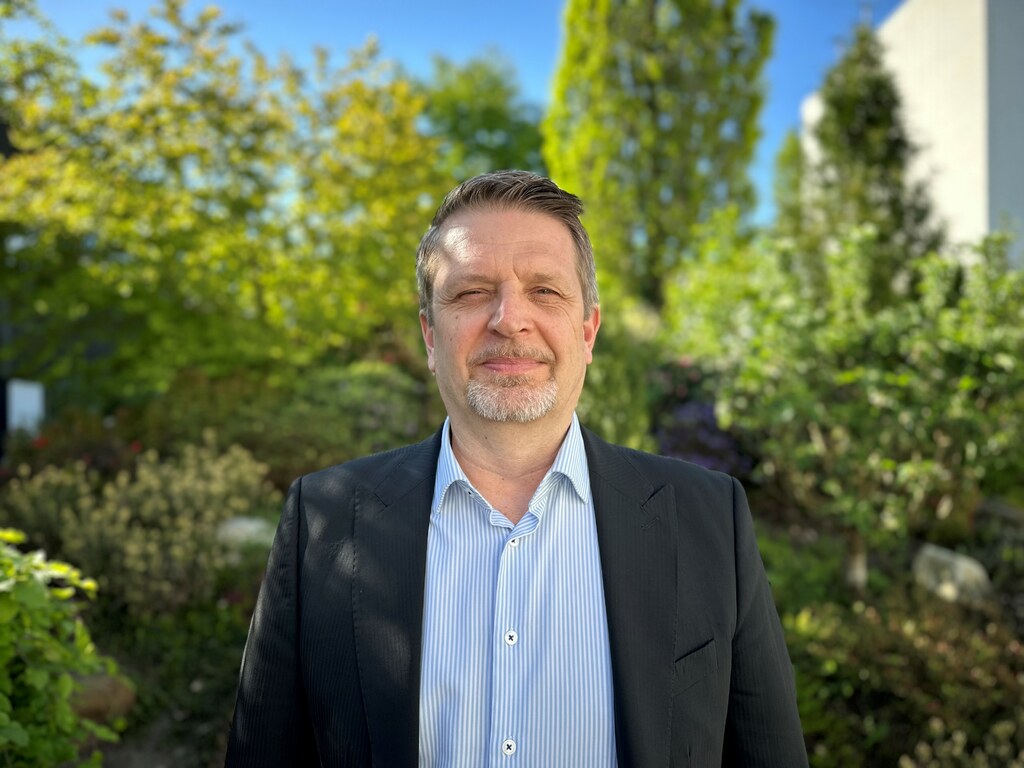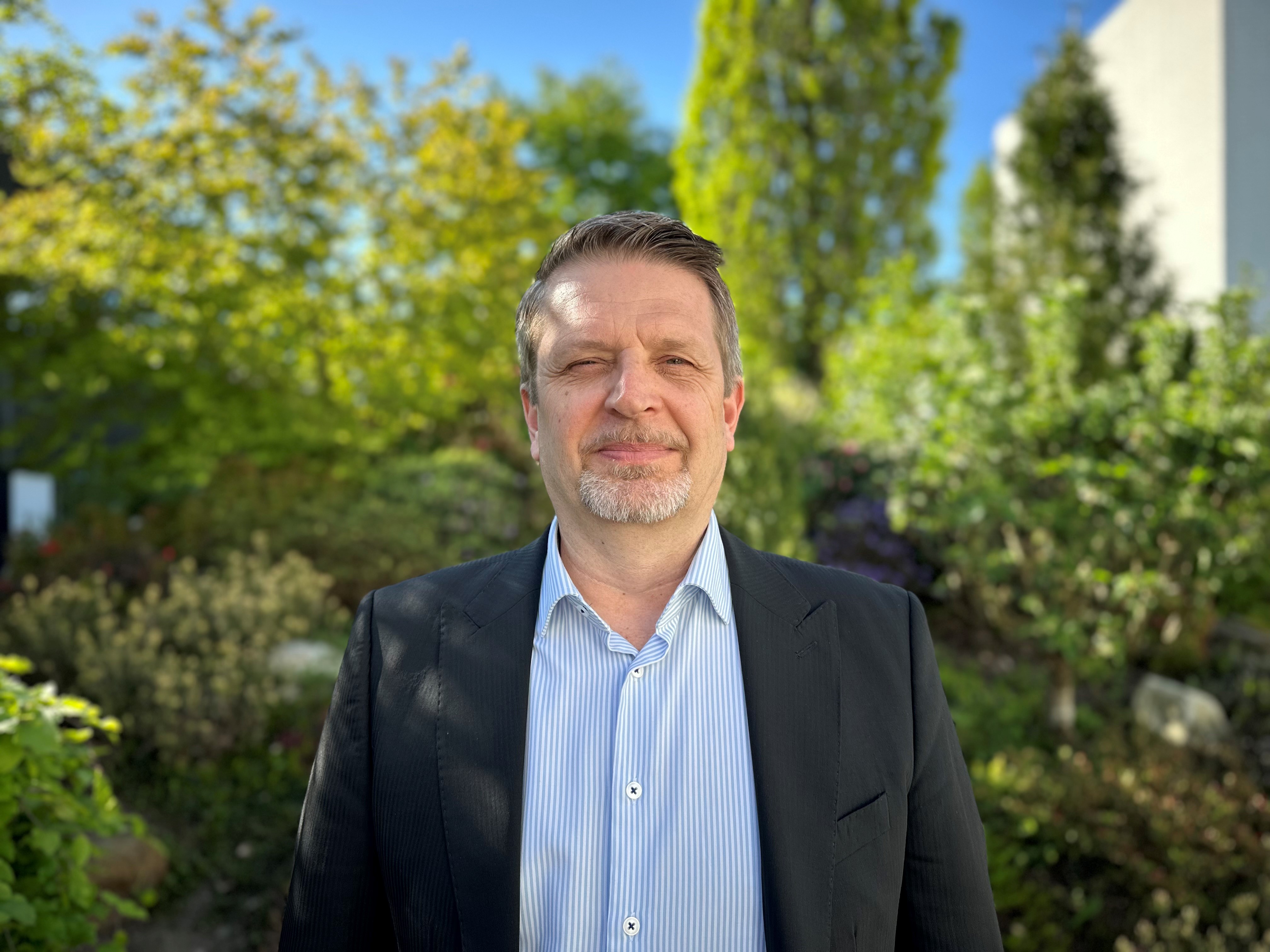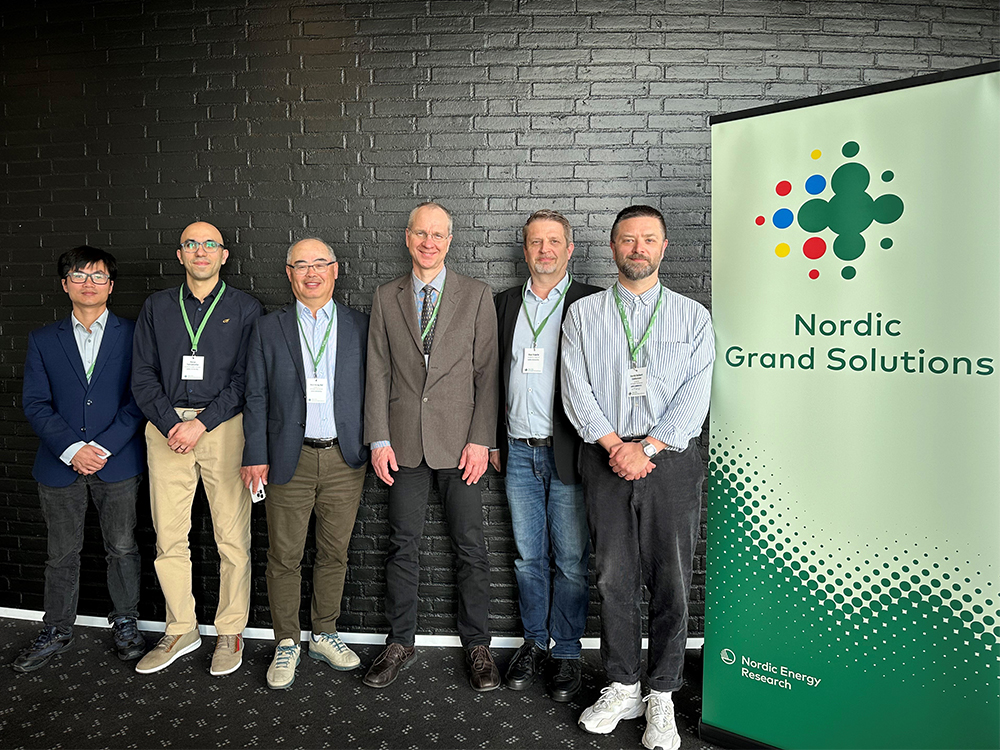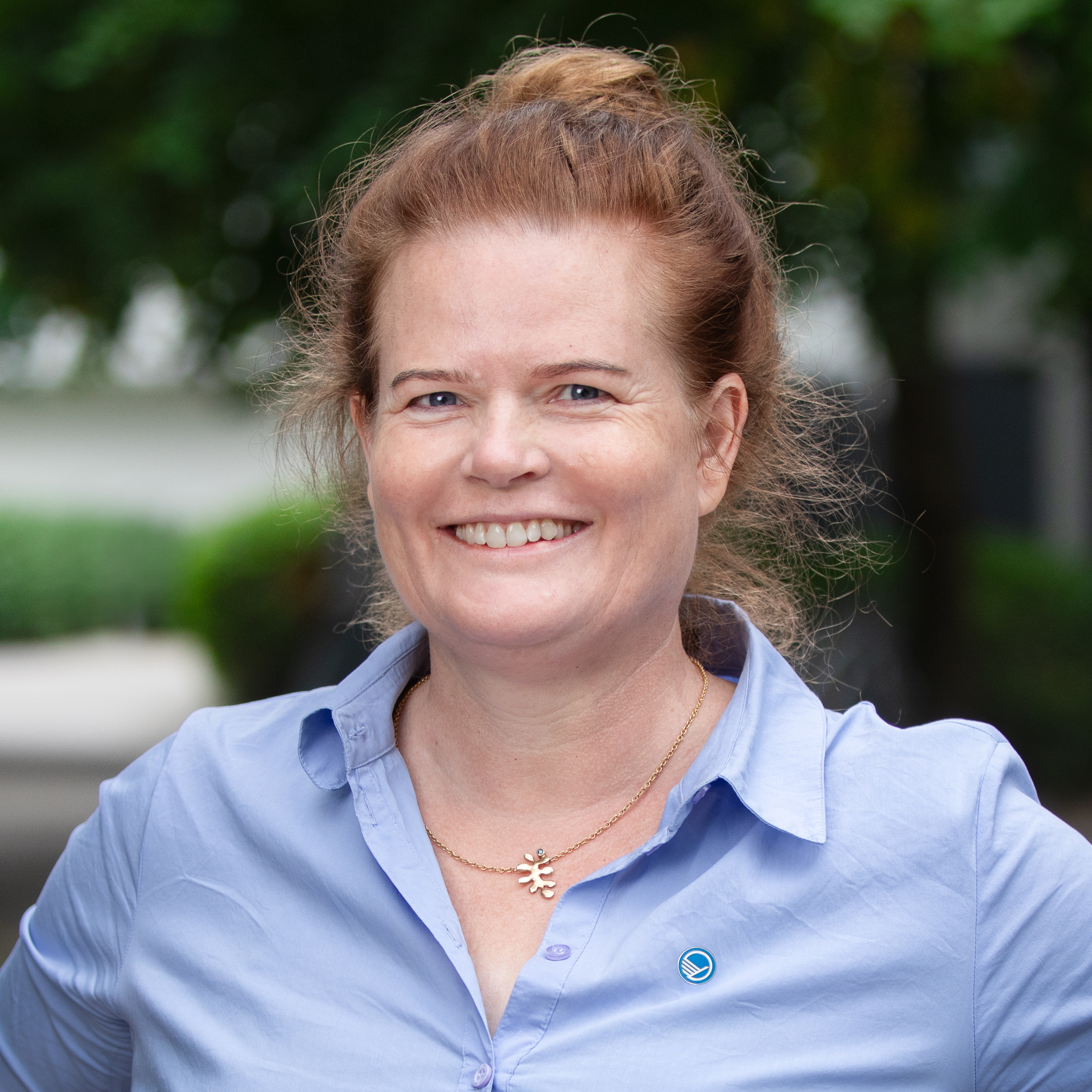
Hi-EFECTS takes on one of the greatest challenges in the green shift
The scaling up of low-emission fuels is the key to decarbonising Nordic and international shipping, and the Hi-EFECTS project, funded by Nordic Energy Research within the Nordic Grand Solutions Programme…
The scaling up of low-emission fuels is the key to decarbonising Nordic and international shipping, and the Hi-EFECTS project, funded by Nordic Energy Research within the Nordic Grand Solutions Programme, is set out to help accelerate this development.
Taking on one of the greatest decarbonisation challenges
International shipping ties the world together. It represents the most important infrastructure for trade between the continents, and accounts for about 80% of world trade. Historically, oil-based fuels have met over 99% of the total energy demand for international shipping. The maritime sector, encompassing everything from cargo ferries to bulk ferries and tankers, accounted for almost 2% of energy related CO2 emissions globally in 2022, according to the International Energy Agency (IEA).
The emissions from the maritime sector in the Nordic countries vary; in Sweden, the maritime sector accounts for about 1.5% of the national emissions (Naturvårdsverket 2022), and in Norway, shipping together with fishing accounts for 8% of the national emissions (SSB 2022). The International Maritime Organization has a goal of net-zero GHG emissions close to 2050, and according to the IEA’s Tracking Clean Energy Progress report (2023), this will require a 15% emission reduction between 2022 and 2030, which the sector isn’t on track to achieve. Scaling up low-emission fuels is identified as the key to large scale decarbonisation since long distance shipping cannot be electrified.

Ossi Kaario, Associate Professor at Aalto University and Project Leader for Hi-EFECTS.
“We aim to develop a new combustion engine for green methanol and green ammonia, thereby enabling the use of these fuels on a much larger scale in the maritime sector and speeding up the sector’s transition to net-zero emissions,” says Ossi Kaario, Associate Professor at Aalto University and Project Leader for the Hi-EFECTS project funded within Nordic Energy Research’s Nordic Grand Solutions Programme.
A boom in research fuelled by the green shift
Teaming up with partners in the maritime sector, Hi-EFECTS hopes to reap the benefits of close collaboration with the companies that need to adopt the new technology. And the interest from the industry in fuel research is huge, as all shipping companies want to know about the new fuels and how they work with different engines. Different kinds of fuels are currently researched, and the main benefit of ammonia as a fuel is that there’s no carbon in the formula, and it is liquid, which makes the volumes reasonable. However, it is also toxic, so safety must be considered to enable a broader implementation.
“I’ve never seen this kind of boom in fuel research because everyone is looking for alternatives for traditional diesel,” says Ossi Kaario.
The Hi-EFECTS plan

The Hi-EFECTS project participants at the kick-off in Billund, 13-14 May, 2024.
The Hi-EFECTS project is focused on developing new engine combustion technologies for net-zero greenhouse gas emissions and demonstrating future marine fuels. The project hopes to address the challenges associated with the transition to green and environmentally friendly fuels as well as offer new technologies that can help speed up the implementation process. This is especially important for the broad implementation of ammonia, as it’s a new fuel and there are currently no combustion engines designed to burn it efficiently. With the shipping industry identifying green ammonia as an important fuel in the future, more research needs to be done to enable the adaptation on a broad scale. The Nordics, being frontrunners in the research and use of ammonia in the maritime sector, can lead the way.
“It’s important to keep in mind that new efficient combustion engines for electrofuels need to be combined with a sustainable and cost-effective sourcing of the fuels to enable broad implementation and substantial emission reductions. We hope that our project will act as a catalyst for this,” says Ossi Kaario.
Project partners

- Aalto University
- NTNU – Norwegian University of Science and Technology
- Lund University
- World Maritime University
- Wärtsilä
- Stolt Tankers
Follow the project
The first results from the Hi-EFECTS project are expected in 2025. You can follow the project and the other projects within the Nordic Grand Solutions Programme on LinkedIn.

